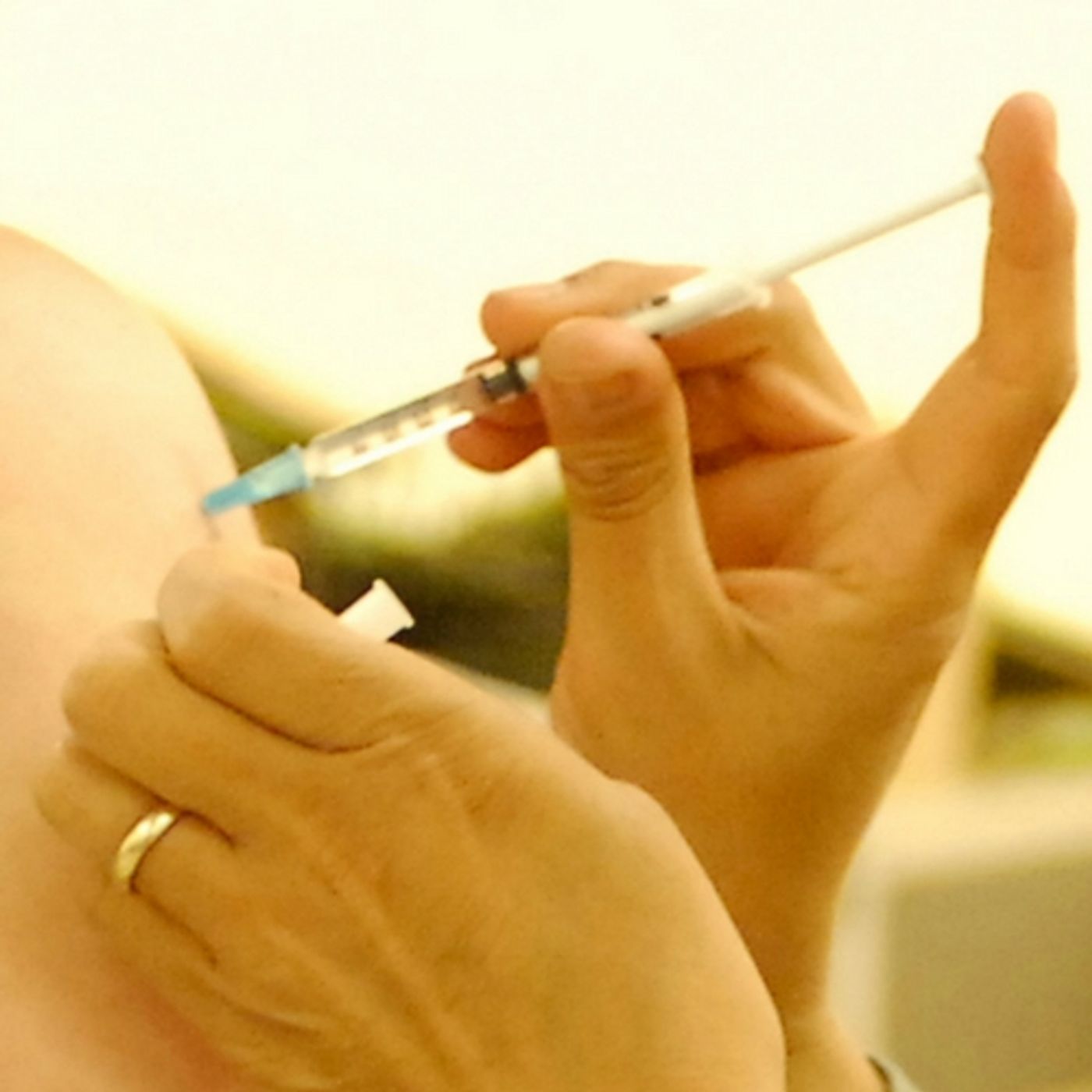Are We Ready For a Smallpox Outbreak?
There's no question that if smallpox were to reappear, it would be a global health emergency. While it was eradicated in 1980, last year Canadian scientists were able to create a pox that was nearly identical to smallpox and all they used was readily available mail-order DNA. The same researchers followed up their creation by publishing a step by step instruction manual to create a virus.
Raina MacIntyre is a University of New South Wales-Sydney Professor of Infectious Disease Epidemiology. Dr. MacIntyre stated that it wouldn't take much for the disease to make a comeback, explaining, "Experts have long feared this scenario, and it is now a reality. It's about the real risk of smallpox re-emerging in the world, without terrorists needing to access closely guarded stockpiles of the virus." MacIntyre is also the Director of the NHMRC Centre for Research Excellence, Integrated Systems for Epidemic Response and recently led a study on the impact an outbreak would have on today's citizens.
It's been almost four decades since smallpox was declared eradicated, but the world's population has changed. People are living longer, and because of HIV, cancer, aging immune systems, and autoimmune diseases, there are many more immunosuppressed patients than ever before.
MacIntyre's team at the University of New South Wales studied the possible impact a smallpox outbreak would have on major cities, using Sydney Australia and New York City as examples. Creating a mathematical model, the team looked at rates of immunosuppression and vaccination to see what an outbreak might look like. In New York and Sydney, the incidence of immunosuppression is about 1 in every five people.
Vaccination is also a concern. In New York, vaccination against smallpox is relatively universal, if not recent. In Australia vaccinating against smallpox was never common. Adding all the data and crunching the numbers revealed that while highest rate of smallpox infection would be among those under the age of 20, the group that would have the most deaths from the disease are patients over 45. The immune system tends to weaken as the body ages, and since the population trends show that there will be more people in this age group, a strategy for protecting these patients and preventing widespread infection is critical. The combination of more older adults, greater numbers of immunosuppressed citizens and waning immunity from vaccination is a perfect storm for widespread contamination.
The team recommends that hospitals in major cities make sure they have adequate quarantine and isolation protocols as well as enough workers that are vaccinated. While bioterrorism is a concern, MacIntyre's study shows that it won't necessarily have to be a terrorist attack on the stockpile of smallpox spores but could come about from a do it yourself lab creation. The video below talks about the last smallpox outbreak, check out the devastation that could come from this virus.
Sources: University of New South Wales, Emerging Infectious Diseases,









